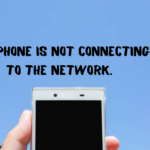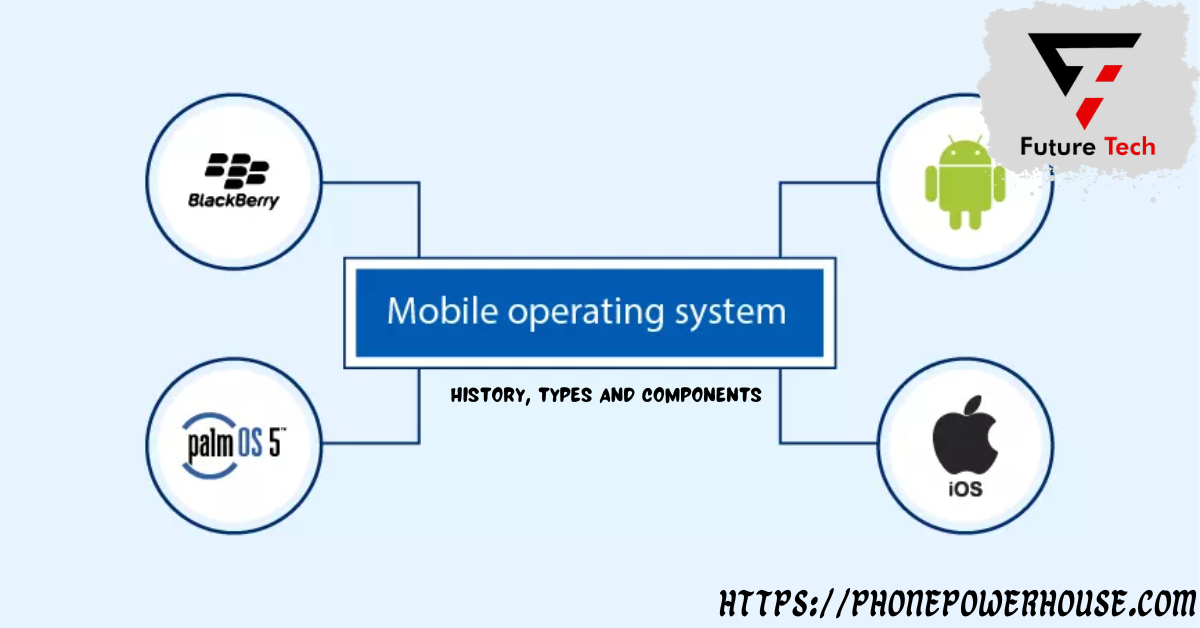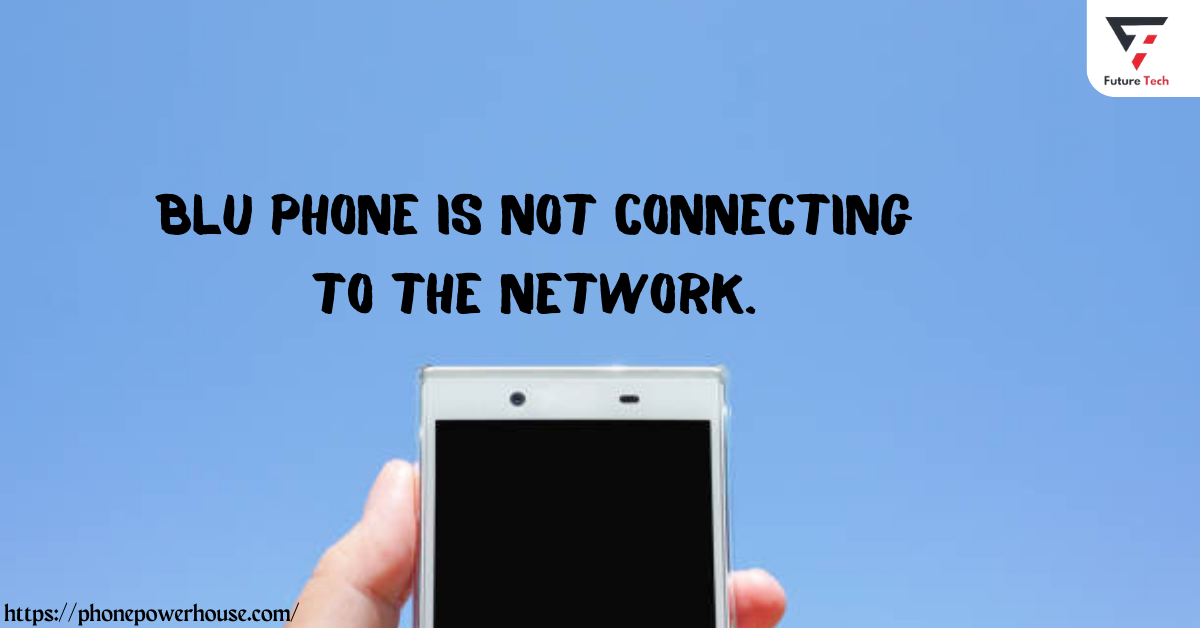The software that allows tablets and smartphones to execute apps and programs is a mobile operating system (OS). It manages phone access cellular and wireless network connection and acts as an interface between hardware and software features. Millions of people worldwide use mobile operating systems with capabilities such as texting, calling, internet and cellular data connection, multitasking, dynamic user interfaces, and access to third-party apps. Popular mobile operating systems based on Linux include Symbian, iPhone, RIM’s BlackBerry, Windows Mobile, Palm WebOS, Android, and Maemo.
The Mobile Operating System’s History
Smartphones with touchscreens and app stores show how far mobile operating systems have advanced.
Early History
Handheld devices began to include basic operating systems in the late 20th century when mobile operating systems first emerged. These early systems were primarily concerned with offering essential functions, such as maintaining contacts and placing calls, and had limited capability.
Period of Palm OS
One of the first mobile operating systems was Palm OS, which debuted in the middle of the 1990s. It was famous for having an intuitive interface designed specifically for personal digital assistants (PDAs). Palm OS established the foundation for further mobile OS improvements.
The dominance of Symbian
With a wide variety of mobile phones running on it, Symbian OS rose to popularity in the early 2000s. It became known for its ability to integrate with personal information management (PIM) systems and network connections.
iOS Revolution
When Apple released iOS with the first iPhone in 2007, it completely changed the mobile operating system market. It brought the App Store and made the idea of a touchscreen smartphone more widely known, sparking the creation of mobile apps.
Android’s Rise
Due to its open-source nature and adaptability, Google’s Android operating system gained popularity quickly after its 2008 introduction. It started to take the lead in terms of worldwide mobile OS use, running a broad range of devices from various manufacturers.
BlackBerry OS
Designed with business users in mind, Research In Motion (RIM) created BlackBerry OS with robust email and messaging features. Business users liked it.
Ongoing Innovation
To stay at the forefront of technology, mobile operating systems (OSs) concentrate on integrating artificial intelligence (AI), improving privacy features, and facilitating seamless interaction with other smart devices.
In the digital age, mobile operating systems are essential in determining how we use our smartphones and other smart devices, fostering ease and creativity.
Mobile Operating System Types
While there are many other mobile operating systems available these days, the two most popular are Google’s open-source Android OS and Apple iOS, which powers iPhones. The way these two mobile operating systems handle mobile computing varies. Here are a few more operating systems (OS):
1. Android Operating System
Currently, the most popular operating system is Android. Based on the Linux kernel, it’s an open-source mobile operating system. Google released the Android software. They introduced the first Android smartphone in 2008.
2. iPhone OS / iOS
Designed to run on Apple devices, the iOS operating system was developed by Apple. The most popular operating system at the moment is iOS. The operating system is very safe. The iOS operating system is not compatible with other mobile devices.
3. Samsung Electronics’ Bada
The company’s mobile operating system was available in 2010. The first smartphone using the Bada operating system was the Samsung Wave. The Bada operating system has several mobile capabilities, such as multipoint touch, 3-D graphics, and program installation.
4. BlackBerry OS
Research In Motion (RIM) developed the BlackBerry smartphone operating system. The purpose of this operating system was to support BlackBerry handheld devices. This operating system helps business customers by enabling synchronization with Microsoft Exchange, Lotus Domino, Novell GroupWise email, and other business applications when used with the BlackBerry Enterprise Server.
5. Symbian OS
With a high degree of network connection, the Symbian operating system is a mobile operating system. The Java programming language powers the Symbian operating system. It combines the functionality of personal information management (PIM) with wireless communications middleware. In 1998, Symbian Ltd. developed the Symbian operating system for mobile devices. Nokia was the first company to release Symbian OS on a mobile device at the time.
6. Windows Mobile OS
Microsoft developed the mobile operating system known as Windows Mobile OS. They designed it for pocket PCs and cell phones. The Windows smartphone features a screen with vibrant squares instead of standard icons. The design also includes a simple interface and a ton of large typography.
7. Palm OS
Developed by Palm Ltd., the Palm operating system is designed to run on personal digital assistants (PDAs). In 1996, it made its debut. Another moniker for Palm OS is Garnet OS. They designed it to make touchscreen operation easier. While it is one of the most accessible mobile phone operating systems, some users might have to reject it because the platform can’t multitask.
8. WebOS (Palm/HP)
Palm developed the WebOS mobile operating system. It operates on top of the Linux kernel. HP uses this operating system in its laptop touchpad and mobile phones. This is an operating system for a mobile phone that supports multitasking. For instance, you may see a message you get while playing a game without having to end it.
9. Harmony OS
Huawei’s most current mobile operating system for use on its smartphones is the famous Harmony OS. Internet of Things (IoT) devices are the primary target audience for it.
Features of the Mobile OS
1. User-friendly
- The images have to be visually appealing.
- It should be simple to use the features and buttons.
- Furthermore, the functions need to be simple.
- Solid and practical features are what we want.
2. Reputable app store
- Among an OS’s fundamental components is an application.
- A vital component of an operating system is excellent and effective programs.
- The applications have to be user-friendly and engaging.
3. Long Lasting battery
- One of a smartphone’s essential requirements is power.
- For their CPUs, sensors, and other devices, they need electricity. As such, the battery has a crucial function.
- A strong battery backup is crucial since smartphones’ power consumption is constantly rising.
4. Data organization and utilization
- Controlling data and network utilization should be the main priorities of an operating system. It must maintain attention to the boundaries and prerequisites.
- Second, You must organize information about calendars, to-do lists, alarms, reminders, and other relevant features. This data should be stored securely and well-organized by a decent OS. The information should also be easily accessible.
Mobile Operating System Components
A mobile OS’s components are the same as those of a primary OS. These are the constituents:
1. kernel
An operating system’s kernel is its heart. It has every action and function needed to control how the operating system operates.
2. Process Management
For the statements to run and link the application software to the hardware, the OS runs some processes. Every time a process runs, it also consumes space, memory, and other resources.
3. Interrupt
In essence, hardware devices utilize interrupts to interact with the CPU. In essence, it’s a signal that the gadget produces to ask for the CPU. Furthermore, the CPU momentarily halts the execution of the active process if an interrupt occurs.
4. Managing Memory
It is the control over the primary memory. Moreover, the program must be in the main memory when performed. Consequently, more than one program may be running simultaneously. Thus, memory management is necessary.
The system that runs:
- It deals with memory allocation and deallocation.
- Maintains track of who uses what portion of the primary memory and at what rate.
- Distributes memory while using several processors.
5. Multitasking
It is handling several jobs concurrently. The operating system facilitates the user’s ability to operate with several processes simultaneously.
6. Security
Through authentication, the OS maintains the safety and security of the system and applications. Their password and user ID determine the user’s identity.
7. Interface with the User
The abbreviation for Graphical User Interface is GUI. It offers a graphical user interface (GUI), allowing the user to interact with the computer, as the name implies. It communicates with the user via menus, icons, etc. Additionally, the user has to click these things to engage. As a result, it is effortless to use and requires no command memory.
Conclusion
Software that controls network connections, phone access, and hardware-software interfaces is a mobile operating system (OS). Popular operating systems include Maemo, iPhone, Android, and Symbian. The first operating system (OS) was Palm OS, followed by Symbian, iOS, Android, and BlackBerry in the late 20th century. OSes continuously innovate, including privacy, AI, and smooth device interaction.
Many devices employ mobile operating systems (OS), such as Android, iPhone OS, BlackBerry OS, Symbian OS, Windows Mobile OS, Palm OS, WebOS (Palm/HP), and Harmony OS from Samsung Electronics. They design these operating systems to be simple, dependable, practical, durable, safe, and straightforward. They rely on a graphical user interface (GUI), process management, interrupt handling, memory management, multitasking, security, and the Linux kernel. Based on the Linux kernel, Android is the most widely used operating system, while iPhone OS/IOS is exclusive to Apple products. The Bada mobile operating system from Samsung Electronics has multipoint touch, three-dimensional graphics, and program installation. BlackBerry OS allows synchronization with corporate applications and supports BlackBerry mobile devices. Windows Mobile OS is meant for pocket PCs and mobile phones, while Symbian OS integrates wireless communications middleware with personal information management. Huawei has named its most recent IoT device operating system Harmony OS.











